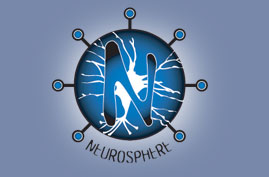Emergency Alert For Sale
Personal Infrastructure
Location based services – optional for the provider in this deregulatory world, but is there a business model? Hmm.
“In this Public Notice, the Federal Communications Commission (“Commission”) seeks nominations for membership on its Commercial Mobile Service Alert Advisory Committee (Committee). The purpose of this committee is to develop recommendations on technical standards and protocols to facilitate the ability of commercial mobile service providers to transmit emergency alerts to their subscribers to the extent such providers elect to do so.”
http://hraunfoss.fcc.gov/edocs_public/attachmatch/DA-06-2037A1.doc
